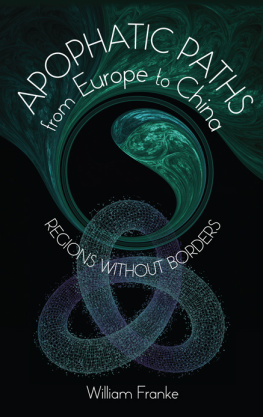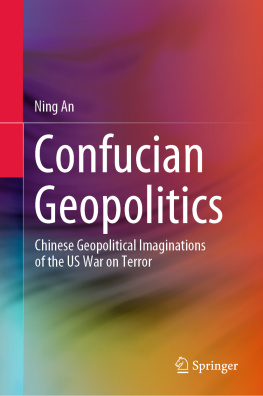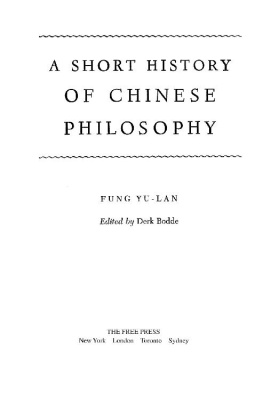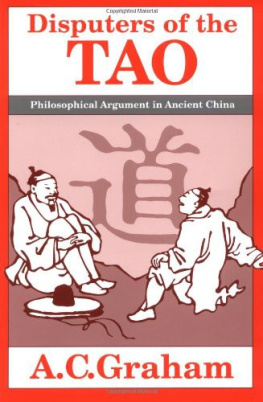Theory, Culture & Society
Theory, Culture & Society caters for the resurgence of interest in culture within contemporary social science and the humanities. Building on the heritage of classical social theory, the book series examines ways in which this tradition has been reshaped by a new generation of theorists. It also publishes theoretically informed analyses of everyday life, popular culture, and new intellectual movements.
EDITOR: Mike Featherstone, Goldsmiths, University of London
SERIES EDITORIAL BOARD
David Beer, University of York
Nicholas Gane, University of Warwick
Scott Lash, University of Oxford
The Theory, Culture & Society book series, the journals Theory, Culture & Society and Body & Society, the TCS website and related conferences, workshops, and other activities now operate from Goldsmiths, University of London. For further details
please contact:
e-mail: tcs@sagepub.co.uk
web: http://tcs.sagepub.com/
Recent volumes include:
After Capital
Couze Venn
Understanding the Chinese City
Li Shiqiao
French Post-War Social Theory
Derek Robbins
The Body and Social Theory, Third Edition
Chris Shilling
The Tourist Gaze 3.0
John Urry and Jonas Larsen
Consumer Culture and Postmodernism, Second Edition
Mike Featherstone
The Body and Society, Third Edition
Bryan S. Turner
Formations of Class & Gender
Beverley Skeggs
The Consumer Society, Revised Edition
Jean Baudrillard
SAGE Publications Ltd
1 Olivers Yard
55 City Road
London EC1Y 1SP
SAGE Publications Inc.
2455 Teller Road
Thousand Oaks, California 91320
SAGE Publications India Pvt Ltd
B 1/I 1 Mohan Cooperative Industrial Area
Mathura Road
New Delhi 110 044
SAGE Publications Asia-Pacific Pte Ltd
3 Church Street
#10-04 Samsung Hub
Singapore 049483
Editions Gallimard 2015
Translation Krzysztof Fijalkowski and Michael Richardson 2020
First published 2020
Apart from any fair dealing for the purposes of research or private study, or criticism or review, as permitted under the Copyright, Designs and Patents Act, 1988, this publication may be reproduced, stored or transmitted in any form, or by any means, only with the prior permission in writing of the publishers, or in the case of reprographic reproduction, in accordance with the terms of licences issued by the Copyright Licensing Agency. Enquiries concerning reproduction outside those terms should be sent to the publishers.
Library of Congress Control Number: 2019933912
British Library Cataloguing in Publication data
A catalogue record for this book is available from the British Library
ISBN 978-1-5264-9166-4
ISBN 978-1-5264-8729-2 (pbk)
Editor: Natalie Aguilera
Assistant editor: Eve Williams
Production editor: Katherine Haw
Copyeditor: Leigh Mueller
Proofreader: Sharon Cawood
Indexer: Michael Richardson
Marketing manager: George Kimble
Cover design: Wendy Scott
Typeset by: C&M Digitals (P) Ltd, Chennai, India
Printed in the UK
At SAGE we take sustainability seriously. Most of our products are printed in the UK using responsibly sourced papers and boards. When we print overseas we ensure sustainable papers are used as measured by the PREPS grading system. We undertake an annual audit to monitor our sustainability.
Translators Introduction
In this book, Franois Jullien sets up a series of oppositions in order to conceptualise what he calls the carts (divergences) between European and Chinese ways of thinking. It is important to realise that these are not dualisms, and for this reason Jullien insists on their divergent and not different character. It is not, therefore, that European thought and Chinese thought are different in kind from one another in the sense that they represent differences of sensibility that can be overcome by seeking to understand one another from the perspective of the same. A European cannot understand China in these terms any more than a Chinese can understand Europe: there is no Chinese mind to be deciphered. Rather, over the course of their different histories, European thought and Chinese thought have taken divergent paths based upon concepts that were established in ancient times and continue to condition, if not determine, what it is possible to think in different contexts. In the European context, these concepts were first developed in ancient Greece, most especially in the philosophy of Plato and Aristotle, while Chinese ways of thinking are grounded in the various schools of its ancient philosophy (Confucianism, Taoism, Mohism and so on). The distinction the point of divergence lies in what has been given priority: following the concerns of Plato and Aristotle, Western thinking has been overwhelmingly concerned with the question of Being, whereas Chinese thinking concerned itself principally with that of living. Jullien insists on the importance of recognising this divergence, the result of a branching off of ways of thinking that has occurred over the course of their respective histories, failing which we are in danger of reducing all thinking to a single model, which will be that of the European. The question here is whether Chinese thought, like all other divergences, is being chiselled away by processes of globalisation, reduced to a universalism under the sway of the hegemony of Western ideas.
In exploring this complex and difficult issue, Julliens language can often seem opaque and it presents considerable difficulties for the translator. This is especially so for certain words which cannot easily be rendered in English. Most problematic is the distinction drawn throughout, and extensively explored in the chapter we have entitled Surge versus Settled. The words Jullien uses here are essor and tale. Essor means, according to the Larousse, an action from a bird when it takes flight; figuratively, a sudden movement, progress. It can be translated by flight, rise, development, becoming self-sufficient. tale means what neither rises nor falls; a ship that is completely still; the moment when the tide turns. As a verb, however, it normally means to exhibit in a sale, to display, to show all ones cards. Translations for the first alternative are given as slack, steady, becalmed; for the second, as to display, lay out, spread, show off. In previous works, we tended to translate essor as springing up but here surge appeared to us as more appropriate. This is because Jullien is in general less concerned with emergence (in the sense of a plant that starts to put forth shoots) than with the forward movement that occurs within a continuity, due to factors that have developed over time and created a sense of tension. In setting this








